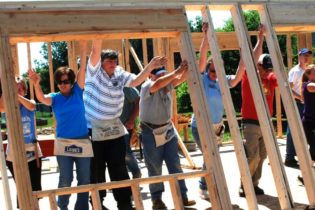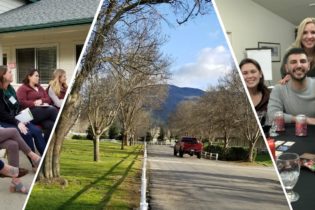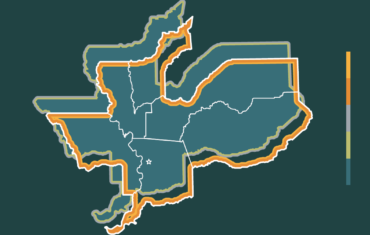Outcomes of the 2020 California Economic Summit
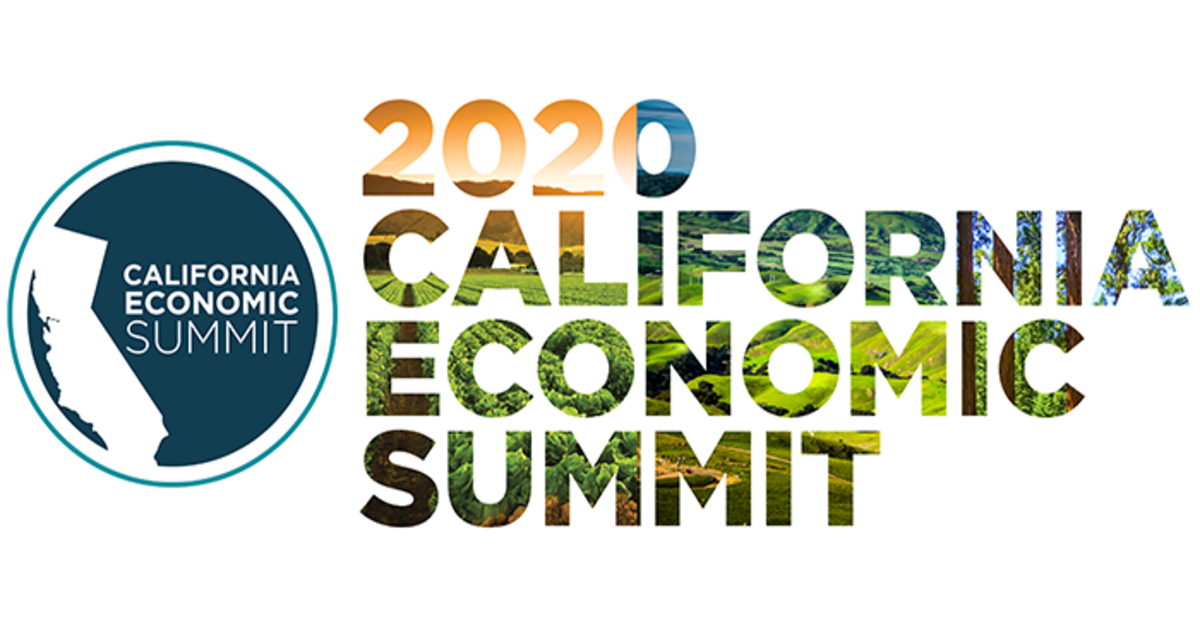
The 2020 California Economic Summit hosted (virtually) by California Forward brought together leaders from across California to grapple with the challenges faced in communities and regions around the state. The Summit is designed as a regions-focused, statewide conference focused on economic prosperity, environmental sustainability, and social equity. Valley Vision plays a strong leadership role in the California Economic Summit through the California Stewardship Network (CSN), of which we are a founding and executive member. Our staff members planned sessions and presented work and research on broadband for all, inclusive economic planning, climate policy, and regional strategy. Below are key observations by our staff participants.
Setting a Capital Region Strategy (Evan Schmidt)
Each Summit sets aside a session for regions to set strategy and reflect on lessons learned from around the state during the Summit. Our regional delegation had 60+ participants and Valley Vision led a strategic planning session. Some of the key issues that our region noted:
- The importance of broadband – especially in rural and underinvested communities
- Filling skill gaps, utilizing career technical education, and promoting career exploration in K-12
- Addressing the need for affordable housing, including pathways to home ownership
- Using data and metrics to measure progress on key healthy community indicators
Imbued in each issue area was the need to advance racial equity. Much of the discussion was centered on how to ensure that community voice and an equity-lens is central to any action advanced in the topic areas. Digital inclusion and broadband access were noted as an opportunity area to advance action and test new approaches.

Broadband for All (Trish Kelly)
This has been a momentous year for broadband. Most compelling were the pervasive disparities in digital access and inclusion laid bare by the Pandemic – when a Digital Divide became a Digital Cliff for millions of Californians trying to learn and work from home, connect to health care and other critical services online, and stay in touch with loved ones, and for businesses to stay afloat and organizations to deliver vital services, including through emergencies. To the good, much progress has been made in mobilizing policy and action to address this “21st century civil rights” issue – a critical driver for economic recovery and a sustainable, inclusive future – since the Governor announced the Broadband for All Initiative at the 2019 California Economic Summit. This included the Governor’s Executive Order in August 2020 to prepare the California Broadband for All Plan by the end of the year.
California Forward, the Economic Summit and partners have long advocated for affordable high-speed Internet accessible to all Californians. This year, Valley Vision served as a co-lead for the Broadband for All Workgroup along with Fresno State and Chico State – the three of us also serving as the Central Valley’s CPUC-funded broadband consortia to bridge the Digital Divide – along with the California Emerging Technology Fund. Some key accomplishments of the Broadband for All Workgroups this year included facilitating statewide input into the State Broadband Plan, in close partnership with the California Broadband Council; coordinating with the Governor’s Office, the CPUC and agencies such as Caltrans on joint use/dig once broadband and transportation projects; working with legislators on collaborative solutions to meet funding, Internet speed and equity challenges; and partnering with innovators and thought leaders to host well-attended webinars on new organizational and funding models to deliver high-speed Internet especially to our rural unserved and urban underserved communities.
Everything came together at the Summit, culminating in the announcement of collaborative urgency legislation for the upcoming Legislative Session by the region’s Assemblymember Cecilia Aguiar-Curry – the Internet for All Act of 2021. She will be joined by Senator Lena Gonzalez as a Principal Co-Author along with other Assemblymembers. In turn, Assembly Aguiar-Curry will be a Principal Co-Author for Senator Gonzalez’ Broadband For All Act of 2021. This joint bi-cameral, bipartisan legislation is a testament to the incredible hard work of our legislative leaders and staff, and all the staff, partners and champions who work through the California Forward and the Economic Summit Broadband for All Workgroup to achieve the goal of connectivity for all. With the foundation of the California Broadband for All Plan, legislation and action across the regions, we look forward to many positive outcomes in the coming year.
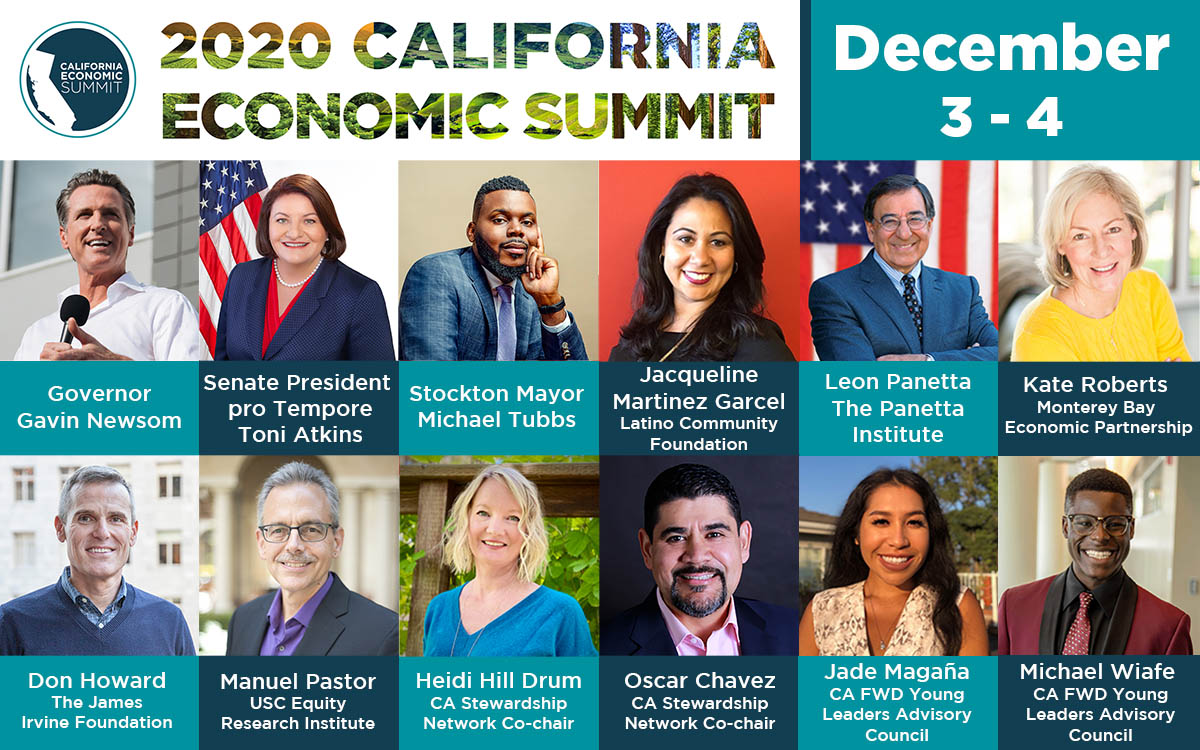
Leading on Climate Adaptation (Meg Arnold)
Among our state’s many imperatives, two of them — economic recovery and meeting the increasing challenges of climate change — can work together to enable us to build forward, rather than just building back.
Reflecting this, the Economic Summit brought together, for the first time, members of a statewide, regionally-oriented network focused on climate change adaptation, called the Alliance of Regional Collaboratives for Climate Adaptation (ARCCA), in which Valley Vision plays a leadership role. ARCCA and CSN members participated in a special session at the Summit, intended to begin to identify shared policy priorities and potentially to create a new working group to amplify those shared priorities within the state in the coming year. The regional orientation of both the ARCCA and the CSN networks is very complementary, and makes it possible to develop statewide initiatives that can flex to meet different regional needs, and can enable climate-informed equitable economic growth.
Lifting Up Young Leaders (Emma Koefoed)
This year I was lucky enough to attend the 2020 California Economic Summit as part of the Becky Morgan Steward Leadership Program. Along with 22 other Fellows, I joined hundreds of leaders from policy agencies to community-based organizations to discuss California’s future. As part of the Stewardship Program, I had a seat at the table to listen and contribute to ideas that would help solve California’s most pressing issues, including affordable housing, equity, broadband access, and education.
It is no secret that along with the existing challenges our state was already facing, the start of a global pandemic has compounded the need for quick decision making and thoughtful action. Through each of the keynotes and group sessions, it was apparent that across this state, so many remain committed to investing in uplifting triple-bottom-line resolutions that drive long-term solutions around equity and recovery for California communities.
One prominent example at the summit of a state-wide commitment to create a better California was the launch of the California Dream Index. The tool designed by California Forward and dozens of partners, measures a region’s progress towards equity, based on ten different indicators, which can determine economic mobility, security, and inclusion. To quantify these critical components across the state will allow decision-makers to create better informed, data-driven resolutions.
As part of a cohort of young leaders invited to this conference, I will soon be looked upon to carry the torch and support this work. Understandably, it feels overwhelming. However, being allowed to participate in the California Economic Summit, hearing from experts, and learning from veteran leaders, gives hope that change is possible and the dream for an equitable and resilient California – which may take some time – is achievable.
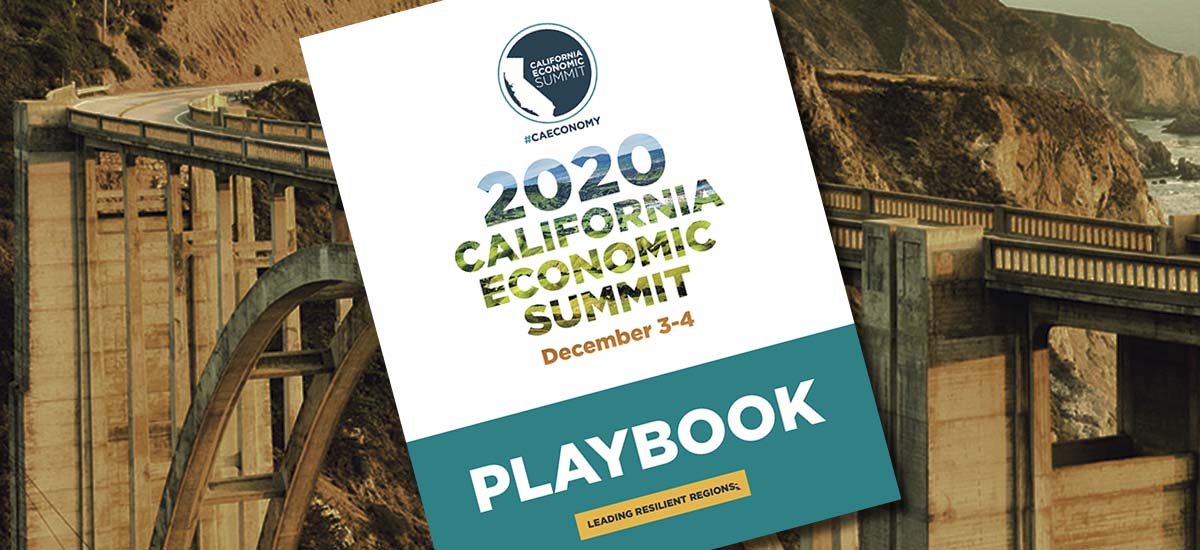
My First Summit Experience (Isa Avanceña)
The California Economic Summit is a yearly highlight for bi-partisan, cross-sector work towards equity, environmental sustainability, and economic growth.
As a Project Associate at Valley Vision, I’ve been acutely aware of the importance of the Summit since I started back in 2019. Much of the work we do in our six Impact Areas contributes directly to the outcomes in the Summit, and vice versa. We are members of the California Stewardship Network; active in the broadband and clean economy working groups; and participate through a number of other avenues. I was thus incredibly excited to be given the opportunity to attend the Summit for the first time on December 3rd and 4th, together with my Valley Vision colleagues.
Although I’m sure there are elements that simply work better in an in-person setting – breakout discussions and networking, among others – one upside to a virtual gathering was that it gave more people the opportunity to participate. California Forward always makes it a point to ask the question of “Who is not at the table that we need to bring in?” The virtual Summit brought in a lot of participants who have worked for a long time adjacently to the Summit’s efforts, but may not have had the chance to attend. I think it would be a wonderful opportunity for many if California Forward continued to make some elements of the Summit accessible virtually – for example, some of the mainstage panels.
As a first time attendee, a highlight of the whole experience was seeing how the efforts of different community members and stakeholders come together and align with broader statewide initiatives. There is so much going on across the state, in terms of how people are breaking down the barriers that exist to a good quality of life for all Californians.
It’s been a tough year. Seeing both the realism and enthusiasm of attendees – a recognition of the severity of our challenges, and a willingness to do what needs to be done to address it – was incredibly inspiring, and made me feel “fired up and ready to go!” I was also happy to see how racial equity and justice figured into a number of conversations that I participated in. There is a real urgency around putting equity at the center of every conversation, as opposed to having it be just one facet of the work we do. It was an incredible first-time at the Summit, and I look forward to participating in it again.
A Workforce That Works (Renee John)
The California Economic Summit provided an opportunity to participate in conversations with workforce professionals and innovators across the state on identifying common challenges, hear about best practices and new initiatives being implemented.
The necessity of having equity and inclusive workforce development at the forefront of efforts was a central theme in every discussion. Other key ideas included having a sufficient data system to direct workforce efforts and track their effectiveness in achieving quality job placement and career advancement, as well as making the most of employer and industry engagement through more broadly sharing demand driven data gathered.
Effective regional efforts were highlighted in an ongoing effort to reduce silos and improve the workforce continuum. These included the use of regional intermediaries, creative partnerships with employers and industry, and other pilot initiatives. Rising interest in increasing dual enrollment programs and credit for prior learning to advance individuals through the pipeline faster was noted, as well as the need for more engagement of our K-12 partners. The Economic Summit provided a unique occasion to participate with a dynamic group of bold thinkers throughout the state to collectively investigate and advance ways to improve the overall workforce ecosystem to deliver maximum benefit to our communities.
To keep up with Valley Vision’s work to advance livability in the Sacramento region, subscribe to our Vantage Point email newsletter!

